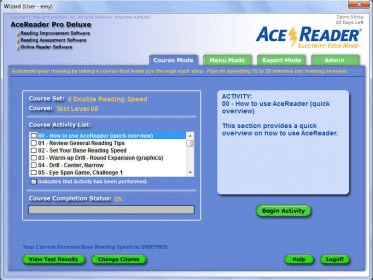


This study applied correlational research design. In this study, 76 undergraduate EFL students of English Education Study Program of Sriwijaya University in the academic year 2017/2018 in the seventh semester were chosen as a samples by means of purposive sampling. The objectives of this study were (1) to describe the students' Reading habit, multiple intelligences, and writing mastery, (2) to find out whether or not there was significant correlation among the students' Reading habit, multiple intelligences, and writing mastery, and (3) to find out whether or not the students' Reading habit and multiple intelligences contributed to their writing mastery.

Keywords: teacher effectiveness, self-efficacy, academic achievement Therefore, it is suggested that future studies investigate the relationships of other factors which may contribute to students’ academic achievement. The results also revealed that there was a significant difference in terms of teacher effectiveness as perceived by the teachers themselves and as perceived by their students there was no significant difference in terms of gender and study duration towards students’ self-efficacy and there was no significant difference in terms of gender but there was a significant difference in terms of study duration of the students towards students’ academic achievement. The result revealed that teacher effectiveness as perceived by the teachers themselves added to teacher effectiveness and self-efficacy as perceived by their students related significantly towards students’ academic achievement (R = 0.694) with the contribution of 48.2%. The hypotheses were tested by using Pearson Product Moment, Multiple Linear Regression, Independent Sample T-Test and Anova One Way. Three questionnaires were used to measure three independent variables and cumulative GPA was used to measure dependent variable. This current research investigated the relationships among teacher effectiveness, self-efficacy and academic achievement of English education study program students in three universities in Palembang with 110 teacher samples and 329 student samples.


 0 kommentar(er)
0 kommentar(er)
